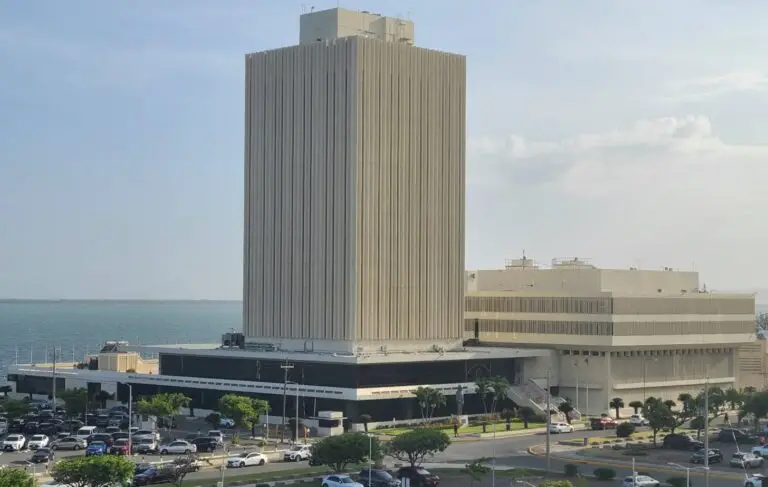Amid shifting tides in the global economy and internal market consolidation, Jamaica’s remittance sector continues to flex its durability. In June 2025, the island recorded US$267.5 million in net remittance inflows, marking a 2.8% rise from the same month in 2024 — a quiet but consistent show of economic undercurrent that remains crucial to the nation’s financial stability.
Even more striking is the April–June quarterly total: US$830.6 million, reflecting a 3.8% year-on-year increase, according to the Bank of Jamaica’s latest data. These figures serve as a reminder that while headline-making sectors like tourism or BPOs often get the spotlight, it’s the persistent hum of remittance flows that keeps Jamaica’s economic machinery well-oiled.
Efficiency Over Expansion: A Sector in Transition
But the story isn’t just in the money — it’s in how the money moves. Behind the growing figures is a rapidly consolidating remittance infrastructure. In 2024, the number of operating remittance locations shrank to 492, down from 514 the previous year. License revocations or surrenders nearly doubled, reaching 83. Simultaneously, new license issuances plunged by half, revealing a stark shift in the structure of the industry.
This isn’t collapse — it’s concentration. The market is shedding its excess weight. Larger, technologically capable players are absorbing the demand, leaving behind a leaner, more streamlined remittance architecture.
Winners and Losers: Banks Step Back as Remittance Giants Surge
Not all players benefited equally. The latest growth was entirely carried by major remittance companies, whose transaction volume rose 6.2%. In contrast, banks and building societies saw their share plunge by 17.2% — a clear signal that the public is shifting away from traditional financial institutions in favor of purpose-built, agile remittance operators.
This rebalancing points to a consumer base that’s increasingly prioritizing speed, cost, and convenience — areas where traditional banks have been slow to innovate.
Global Ties: U.S. Still Kingpin, Others Trail
From a geographic lens, the United States continues to dominate, responsible for 68.2% of all remittance inflows. The United Kingdom (11.4%), Canada (9.9%), and the Cayman Islands (6.2%) round out the top contributors. This diaspora-fueled financial bloodstream remains vital — both economically and socially.
In fact, remittances accounted for 15.3% of Jamaica’s GDP in 2024, dwarfing inflows from foreign direct investment and rivaling core export sectors. In a country where economic lifelines often come from beyond its shores, remittances are no longer just a support beam — they’re a cornerstone.
Latin American Comparison: Solid, But Not Spectacular
Regionally, Jamaica’s performance is respectable, if not extraordinary. The 3.5% growth in the first half of 2025 shows stability, especially when contrasted against Mexico’s 11.1% contraction. However, countries like El Salvador (22.7%) and Guatemala (16.1%) are seeing remittance booms, likely driven by more aggressive digitization and broader diaspora participation.
Still, Jamaica’s steadiness, paired with industry consolidation, paints a picture of controlled, sustainable growth — rather than boom-and-bust cycles that can create structural instability.
Outlook: Stability Over Speed
The remittance sector’s future in Jamaica now hinges less on volume and more on infrastructure. With fewer players, more automation, and a consumer base that clearly knows what it wants, the ecosystem is maturing. Whether this translates into better rates, improved access in rural areas, or deeper integration with mobile wallets remains to be seen.
But one thing is clear: remittances are no longer a silent force in Jamaica’s economy. They are a strategic lever — one that policymakers and private operators alike must now handle with precision.






